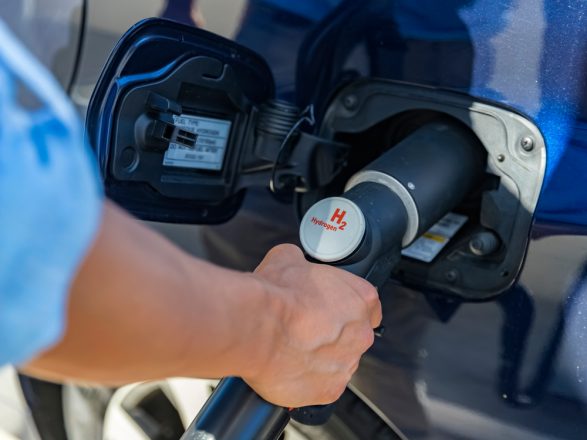뉴질랜드의 첫 번째 녹색 수소 공장이 공식적으로 생산에 들어갔다. 타우포에 위치한 1.5㎿급 그린수소 발전소는 할시온발전이 설립해 인근 모카이 지열발전소에서 발생하는 전기를 사용한다. 할시온 파워(Halcyon Power)는 일본의 오바야시 사와 투아로파키 트러스트가 합작한 회사이다.
Halcyon Power 프로젝트 매니저인 Aya Inagaki에 따르면, 발전소 시운전이 완료됐다. 사후 위탁 실사가 진행될 예정이며 2021년 말 이전에 완료할 계획이다.
녹색수소 발전소는 지난 보도와 같이 2018년부터 개발이 진행됐고 2020년에 착공했다. 투아로파키 CEO Steve Murray의 지시에 따라 이 공장은 2022년 1월까지 국내에서 수소 도매업을 시작할 예정이며 첫 해에 약 180톤을 생산할 예정이다. 발전소가 운송, 저장, 급유를 포함하는 완전한 수소 공급망에 기여하는 것이 장기적인 목표다.
Murray는 녹색수소가 화석연료뿐 아니라 산업공정에 석탄유래수소에 대해서도 보다 지속 가능한 대안을 제공한다고 설명했다. “Halcyon Power는 환경을 보호보고 대체 재생 에너지의 연구개발을 지원코자 하는 우리의 가치와 일치한다”면서 “이 프로젝트는 뉴질랜드의 탈탄소화를 돕는 동시에 수소와 관련된 지식재산을 운송 연료로 수출할 수 있는 가능성을 열어준다”고 덧붙였다.
투아로파키 회장 Gina Rangi는 또한 녹색 수소 발전소가 2050년까지 온실가스 배출량 제로라는 뉴질랜드의 목표를 달성하기 위한 중요한 단계라고 언급했다.
Obayashi Corporation 사장 Kenji Hasuwa는 사전 녹화 영상연설에서 “투아로파키와 함께 생산과 운송, 응용에 걸친 뉴질랜드 수소 공급망 구축을 조사해 국가 녹색화에 기여하겠다”고 말했다.
출처: Scoop





























































